I’m currently in my Tokyo condo, after attending my son’s wedding reception, a small event attended by grandparents who couldn’t attend the wedding in Okinawa. Unfortunately, we’ve got an unwelcome companion in the form of Typhoon Nanmadol, a.k.a. Typhoon No. 14, a massive once-in-a-decade storm making a direct landing across the Japanese islands. Let’s look at several ways Japan will happily kill your ass if you let it!
https://twitter.com/JListPeter/status/1571689403055222785
Typhoons in Japan Are Dangerous
We’re chilling at home today, waiting to see how bad Typhoon Nanmadol will get up in the Kanto area over the next two days. Major storms — hurricanes in the Atlantic, typhoons in Asia, and cyclones in the Indian Ocean — wallop Japan every couple of weeks this time of year, though usually, they miss landing the Japanese mainland directly.
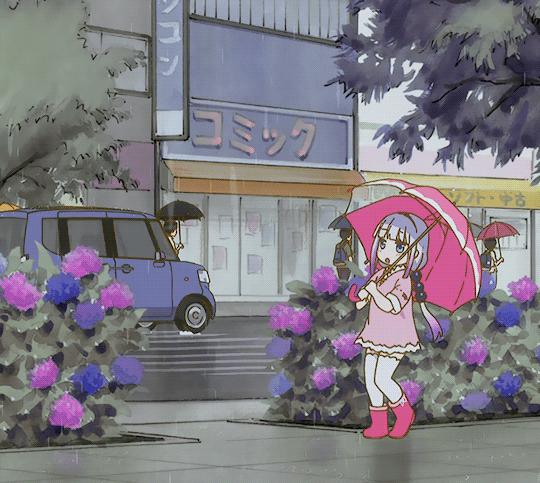
This storm combines massive 70 meters per second winds with a path that takes it directly over Japan, moving south to north from the bottom. Down in Kyushu and Western Japan, where the winds are the strongest, Shinkansen service has stopped and many thousands of people have evacuated to shelters. We hope everyone is safe!
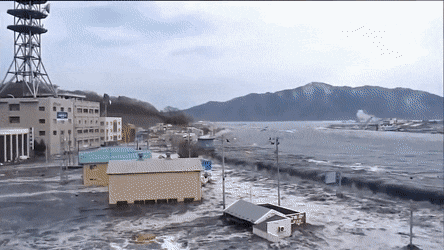
Earthquakes and Tsunamis!
On the one hand, Japan has the best construction technology in the world. Homes and buildings allow load-bearing beams to twist and move in a serious earthquake without losing their structural integrity. With the sad exception of the Great Hanshin Earthquake in Kobe, Osaka, and Kyoto in 1995, which claimed 6000 lives, it’s rare for land-based tremors to cause a large loss of life.
The problem, as everyone learned on March 11, 2011, is when a huge earthquake takes place offshore and pushes a giant wall of water inland in the form of a tsunami. This happened on that terrible day on March 11, 2011, and the disaster claimed 16,000 lives. The Tohoku region is still recovering economically from this terrible event.
A J-List employee visited the Fukushima Daiichi plant. What did he find?
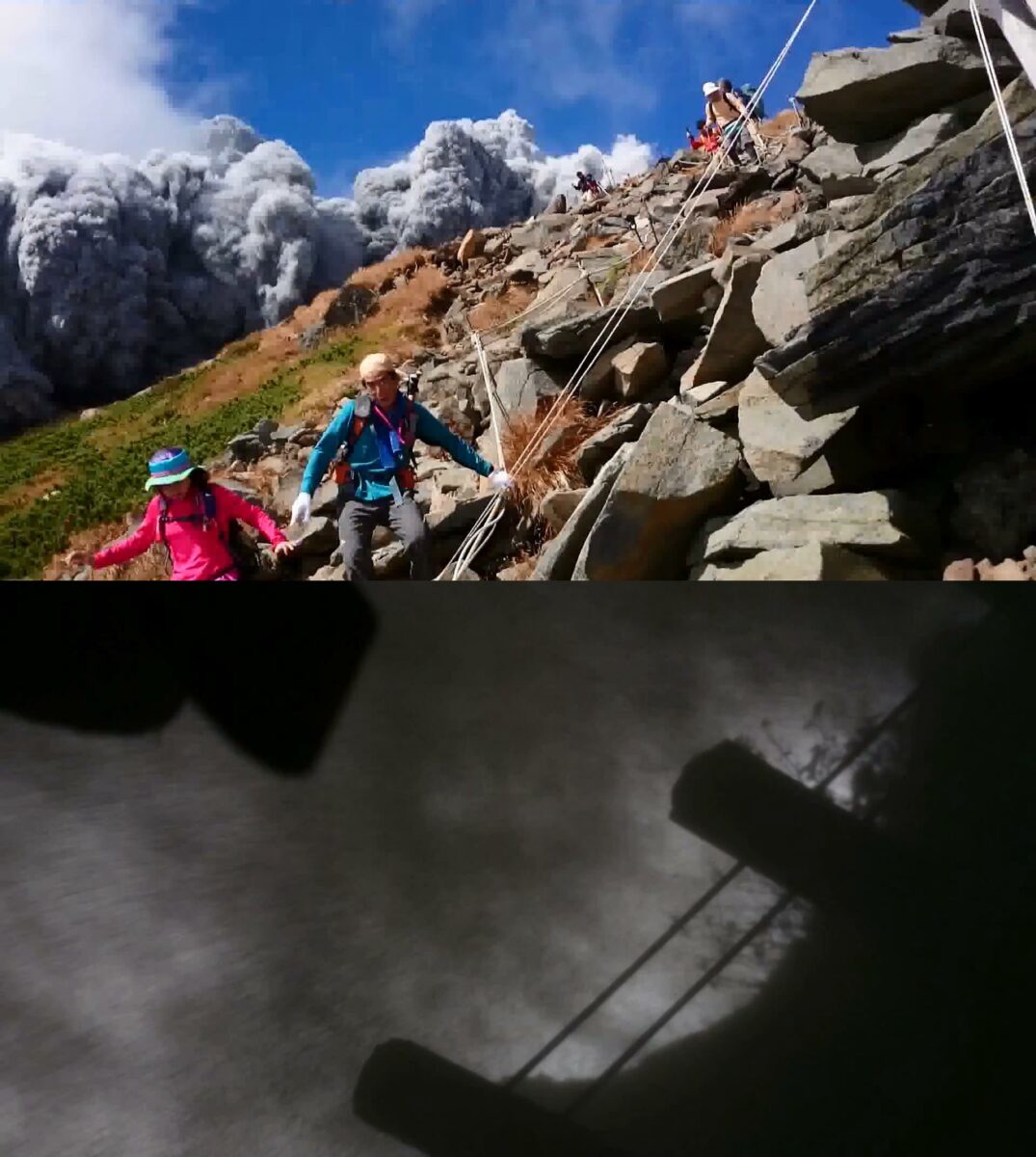
Volcanoes Go Boom
Once my mother visited us here in Japan, and had the good fortune to experience one of the semi-regular eruptions of Mt. Asama, which felt like it lifted the entire Kanto Plain up a foot or more, then dropped it back down with a bang. Yes, while I love the many onsen hot spring baths Japan has to offer, unfortunately, the price we pay for this comfort is volcanoes that occasionally explode.
While most eruptions are in far-off corners of Japan where there aren’t many people, this isn’t always the case. Mt. Ontake was a popular destination for elderly Japanese who enjoy mountain-climbing as a way of maintaining their health. When the mountain erupted without warning in 2014, hundreds of climbers were caught in the ash that poured down from the mountaintop. Because they’re human, more than a few people live-tweeted their own deaths as they ran down the mountain. 60 people unfortunately perished in this one event.
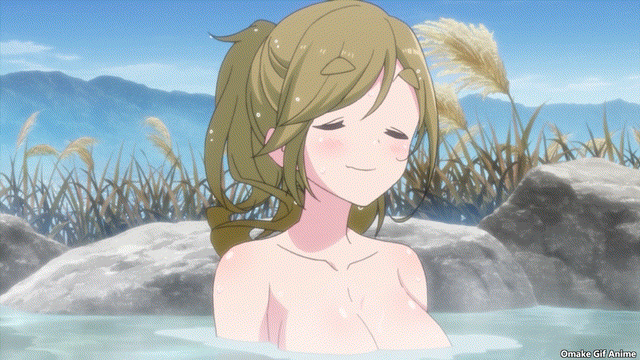
Poisonous Gasses With No Warning
The last thing you’re thinking about while relaxing in a delightful hot spring is your death, right? Unfortunately, this can happen in extremely rare cases, like when three city maintenance workers in Akita Prefecture were working near the source of one of the town’s hot springs and succumbed to hydrogen sulfide poisoning.
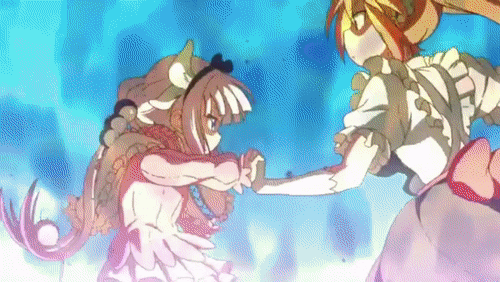
Finally, you have to watch out for dragons battling in the skies above Japanese cities. They can be very dangerous!
Thanks for reading this blog post exploring how Japan might kill you. Can you think of any more? Tell us below, or reply to us on Twitter!
J-List can only accept Paypal payments right now due to a technical issue. But we’re thanking everyone for their warm support during this time with a $10 coupon you can use for anything. Browse new products here, top-selling “wholesome” products, or our best “naughty” items here!
















